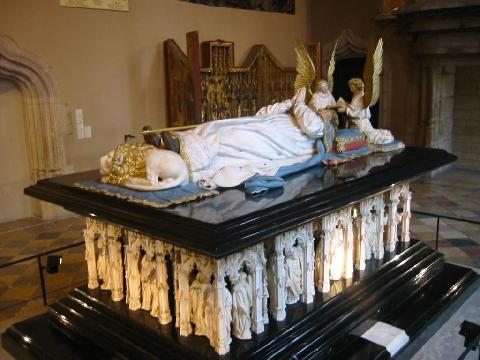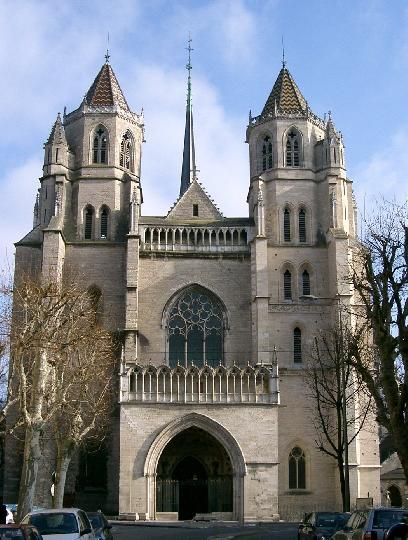Visit Dijon, the heart of Burgundy
When I read my friend Mark’s post on Beaune in Burgundy (more at www.travel-wonders.com), France, I immediately remember my last trip with my parents in Europe, a trip that included notable parts of Burgundy and Dijon.
I was the trip organizer and had fixed Dijon as one of our stops along the way. My parents are possibly the most cultured people I have met and their interest to discovering new thins has never waned, but every time I was telling them about visiting Dijon, they would say “are we stopping in Dijon to get some mustard or what?”. So, mom, dad, as you now know, we were actually stopping in Dijon for other reasons, some of which we will share with our readers further below.
Musée des Beaux Arts. One of the must stops of a tour of Dijon is this museum. Subjectively, I wanted to see the museum not necessarily for its other art collections (impressive in themselves), but rather to see the Palace of the Dukes of Burgundy, which houses a wonderful collection of medieval art. Although it disappeared as a state entity by the end of the 15th century, split between France and the Holy Roman Empire (as well as Spain, through family connections), Burgundy was a great medieval power in Europe and played a tremendous role during the Hundred Years War. The funerary statuary groups of the dukes are the most notable attraction, with an exquisite medieval symbolism (note that the statues of the mourners will not be on display in Dijon between 2010 and 2012, when they are touring the US and the Musée de Cluny in Paris. Entrance is FREE and the museum is open between 9.30 and 18.00 from May to October.
The Well of Moses in the Carthusian monastery of Chartreuse de Champmol is the best known creation of Flemish artist Claus Sluter, one of the influence artists in medieval Burgundy (he worked in the second half of the 14th century). Part of the sculpture was destroyed during the French Revolution, but the figures of the six prophets still remain intact and very naturalistic. The monastery itself is worth a visit, as this was the initial place of burial of the Dukes of Burgundy before the Revolution. Daily 9am–6pm. Entrance is free.


